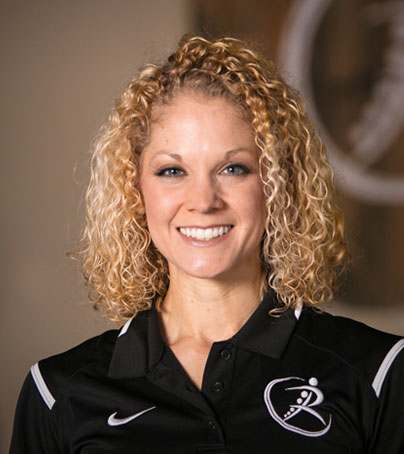“How did my body end up this way?” A question that I get asked on a daily basis.
Even healthy people who put a lot of effort into their overall health and wellness continue to ask and struggle with this question. They wrestle with the fact that they have pain despite all of their efforts, following protocols, eating well, and spending a lot of money on their gym memberships.
It becomes a point of frustration for many, a major discouragement, and a point of fear. “If I feel like this now, how will I feel in 20 years?”
Honestly, I have lived this question the past 6 years, and I have a deeper understanding and empathy for the many facets of emotion that go along with it. I also now understand the complexity in the answer.
For some, the answer may have even started in the womb or early developmental stages when our brain makes plans that form our movement patterns, and where we also start to compensate if there is anything that needs to be “corrected” for survival or executive function (i.e. – breathing and eating). For example, my daughter was carried in a carrier a lot when she was an infant and very infrequently was she encouraged to crawl, climb, have tummy time, or push or pull up. This was her desire, and her foster family fulfilled this wish in order to make her more comfortable. She may have needed this comfort more at this stage in development more than anything else, but there was a physical cost to this later on. At 18-months when she came home to us, she could not step up on a curb or go from squatting to standing very easily (activities an 18-month old usually can do with ease). She often became tired, fatigued, and frustrated by physical activity. For a family with 2 active boys and active parents, she was often overwhelmed by all of the movement. Now, at 5-years-old, we are still working on combatting “W-Sitting” (a posture where one sits with the knees together and the feet apart, which demonstrates lack of core stability). We are trying to regain core control, hip stability, and neck control. All of which have been delayed from the early years of development.
Let’s say we didn’t recognize these compensatory patterns early on. As many people have lived through this similar scenario with their children and haven’t recognized any of it as problematic. With the example with my daughter, knowing her medical history and needs, if we would not have addressed this early on, the projectory of her life and outcome would have been as such: her hips would become tight in one direction and have too much mobility in another direction which we may not have noticed as an issue until she started playing soccer and at 10-years-old started having ankle pain and noticed that her knees knock together when she runs. She could continue to lack core stability which could cause some athletic pelvic floor tightness and possible hip issues associated with running in her teenage years as she goes through puberty. As an adult, she notes sexual dysfunction, painful menstrual cycles, hip and low back pain, and difficulty with pregnancy and delivery. After having children, she is busy, stressed, and has little time to worry about or take care of herself. Therefore, I see her in my office when her children are all school-aged and she finally has time to address the nagging pains she has had for years. She would also like to get back to exercise, lose weight, and feel better about herself. Then, she asks me the question: “how did my body end up this way?”
Now, I know this seems like a lot of assumptions, but in reality, this is what I see every day in my office. The things that people experience are a complex series of events that have changed our motor planning and programming over time. Our brains have figured out how to be efficient, get the job done, and stay alive, but they may not have always made the best decision for long-term outcomes.
So what do we do when we get into this predicament?
We have to start from the beginning.
First, we have to “unlearn” some things our brain has been doing for a number of years through motor planning throughout normal developmental postures- going from lying down to rolling over, to pushing ourselves up, to hands and knees, to crawling, to standing, to walking, to running.
Second, we have to then teach our brains what we want it to do by feeding it good information. Breathe like this, move your head like this, support your spine like this.
Third, we have to coordinate all of these things together.
This might sound like a daunting task, but the work that is put in early to get to the root causes of many issues within our bodies will pay off in the future. We will not only experience less pain and less immobility, but we will also learn what our body needs and when by having checkpoints in our movements that tell us how our body is doing. We will never move and breathe perfectly, but we can always change and improve our system.
This is my desire for all of my patients. To take them from fear-filled questioning to empowerment over their condition. I want to change the question of despair from “How did I end up this way?” to a statement of confidence: “This is what I need today.”

